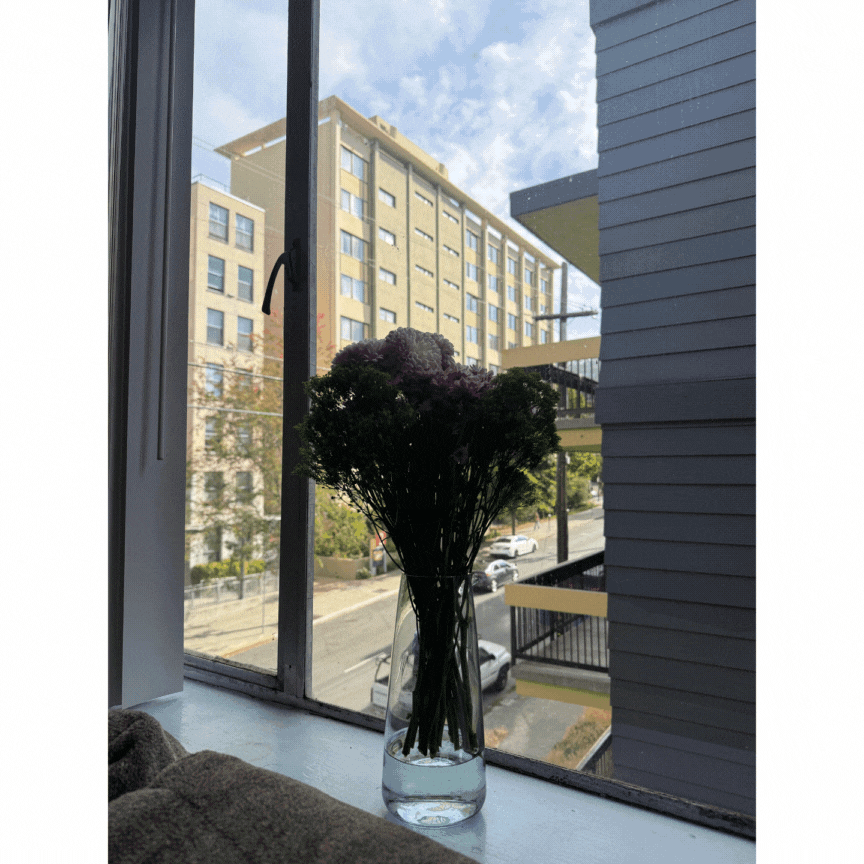Project 0: Becoming Friends with Your Camera
The goal of this project is to get some intuitive understanding of the somewhat subtle relationship between perspective, focal length/zoom, and the center of projection.
Overview
In this class, we want you to become friends with every pixel. The first step toward this goal is to become friends with your camera—e.g., the one in your smartphone. In particular, the goal of this project is to get you some intuitive understanding of the somewhat subtle relationship between perspective, focal length/zoom, and the center of projection.
Part 1: Selfie: The Wrong Way vs. The Right Way
Take a picture of your friend (or yourself) from close up. You get a typical distorted selfie image. Now step back several feet from your subject, zoom in, and take a second picture. Try to get the face in the second photo to be the same size as in the first photo. If you've done things right, the second portrait should look much better than the first one.
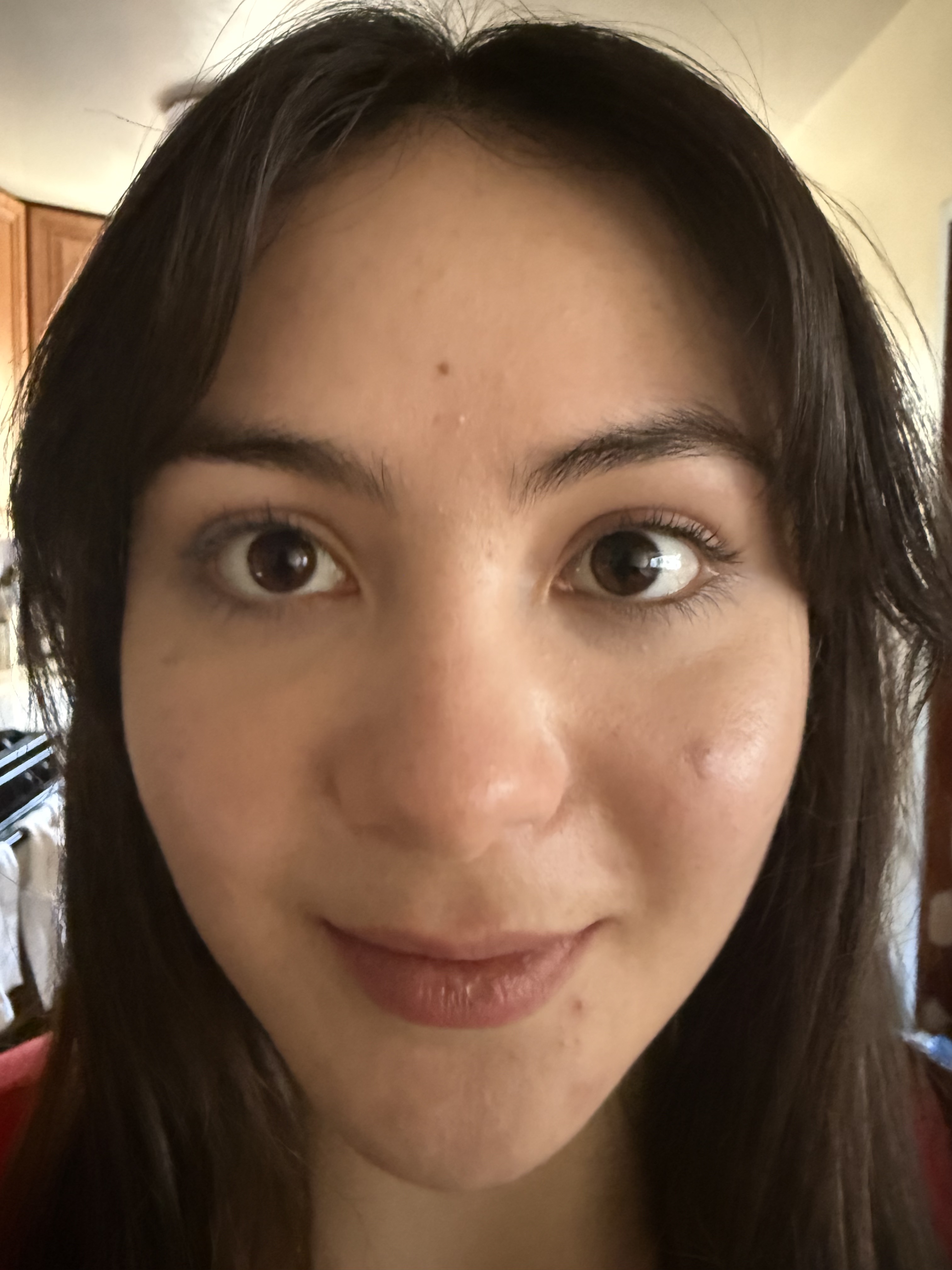
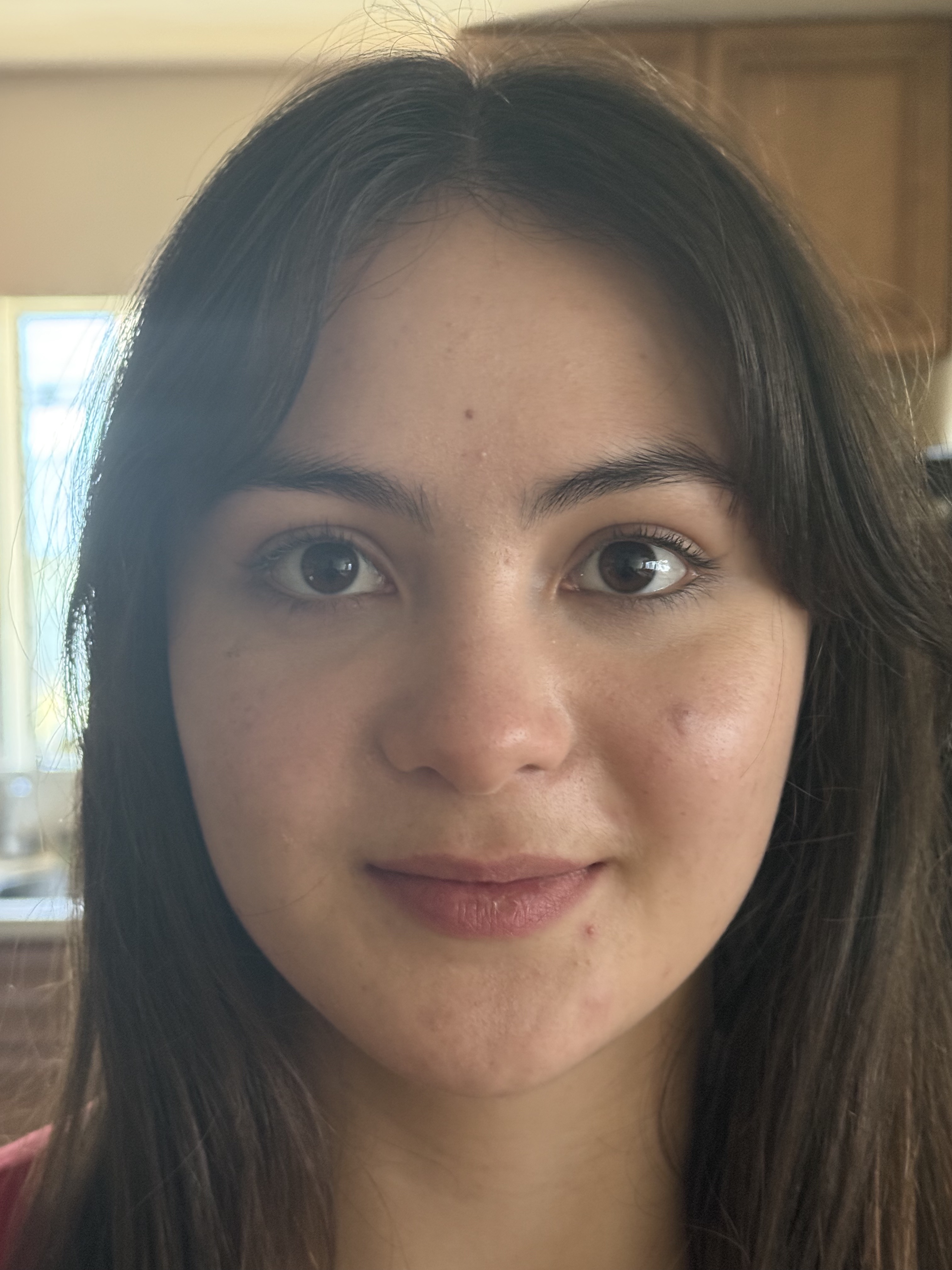
Part 2: Architectural Perspective Compression
Let's repeat the same procedure in reverse, for an urban scene. Pick a nice view down a long street (or a walking path on campus), zoom in, and take a photo. Now, walk down the street in the direction of your first shot, and take a second photo without zoom, such that the scene in the two photos appears approximately the same size. The first picture should look flattened, or compressed, compared to the second.
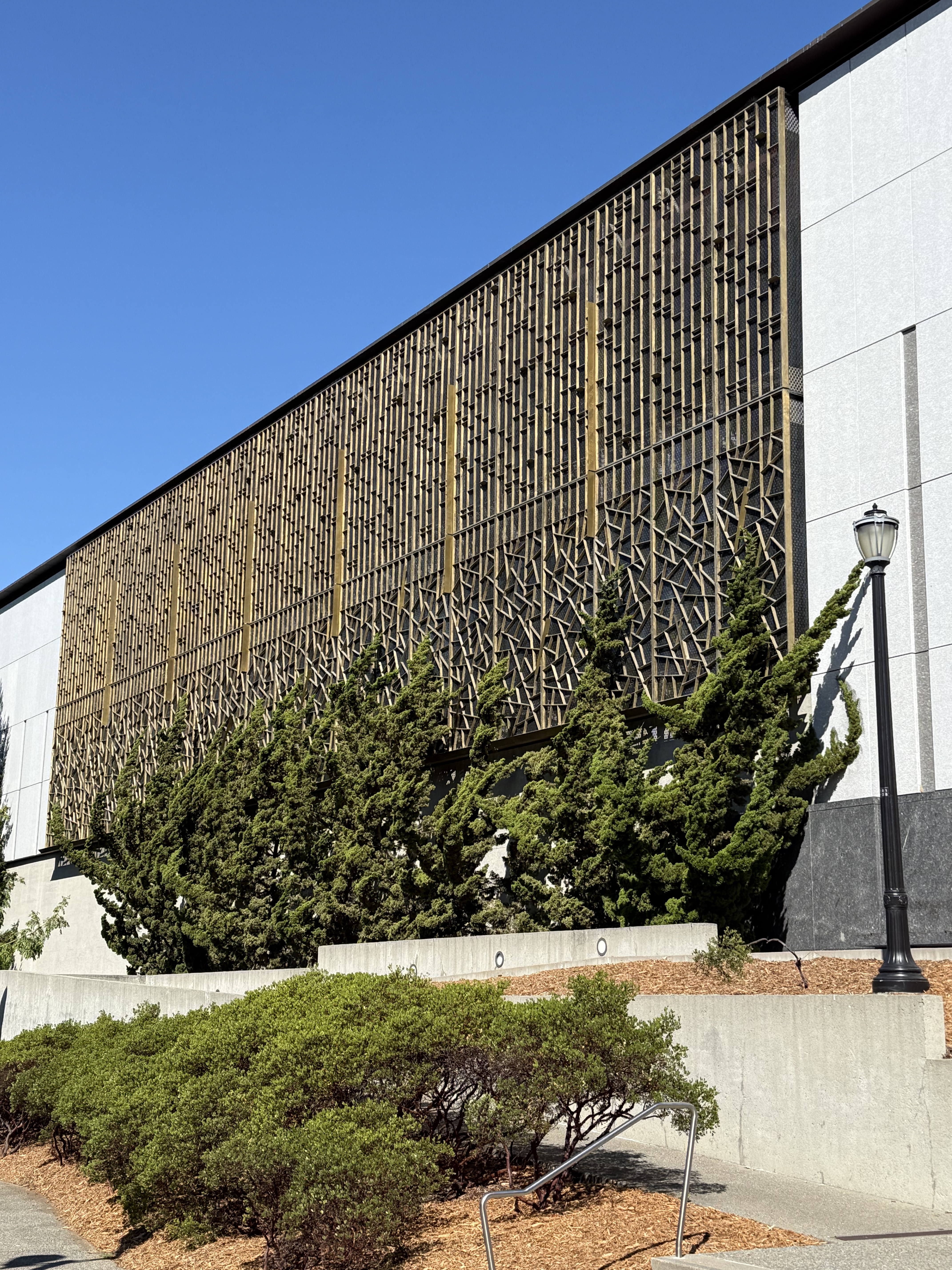
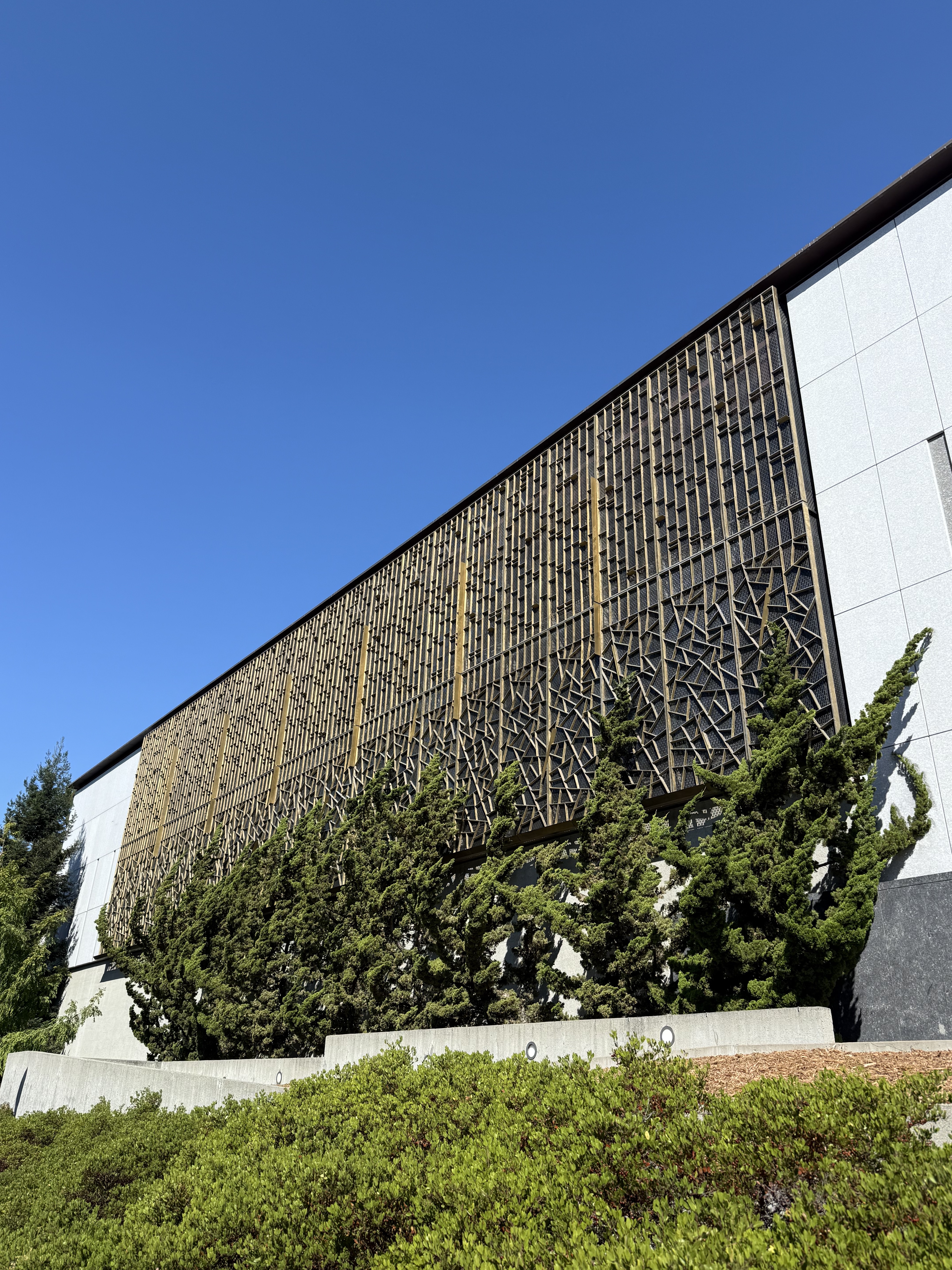
Part 3: The Dolly Zoom
In this part, we will be duplicating a classic film effect called the dolly zoom. It is a camera movement also known as the "Vertigo shot", after a famous scene in Hitchcock's Vertigo. The idea is to simultaneously move the camera back while also zooming in.
I set up a scene and took 12 still photos while moving the camera back and zooming in, keeping the flowers and vase roughly the same size. The stills were then combined into an animated GIF file to create the dolly zoom effect.
